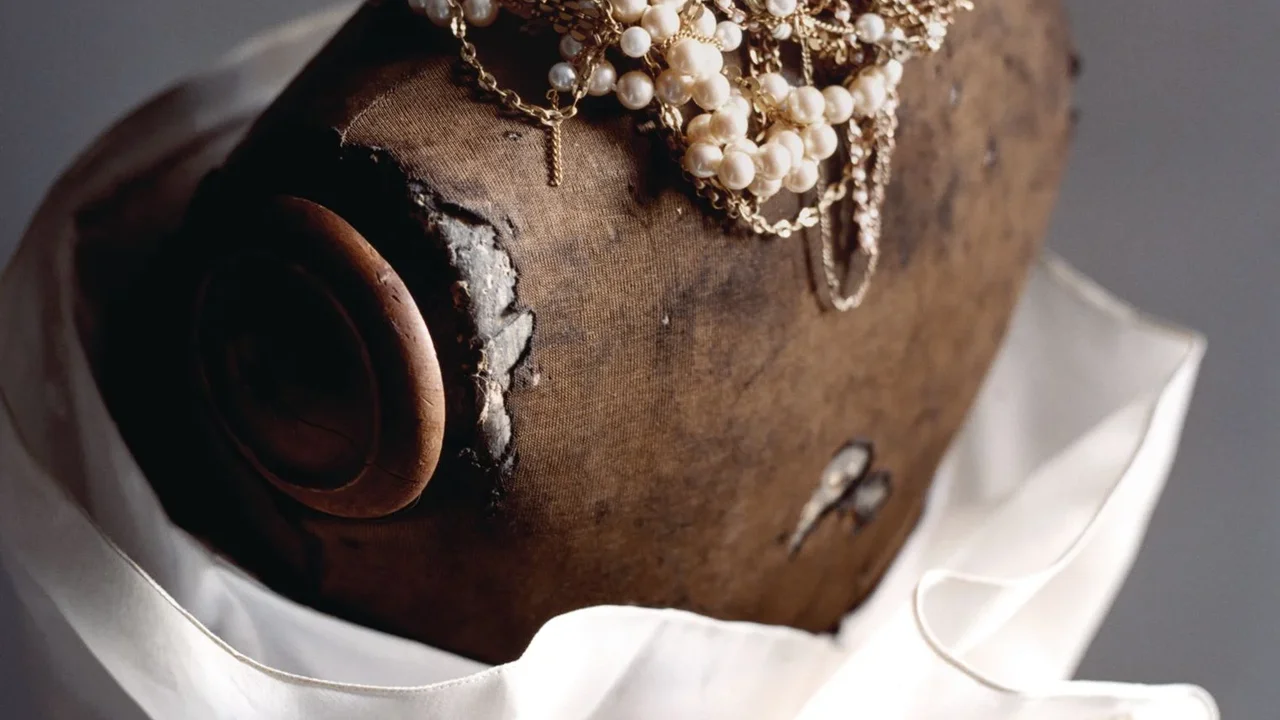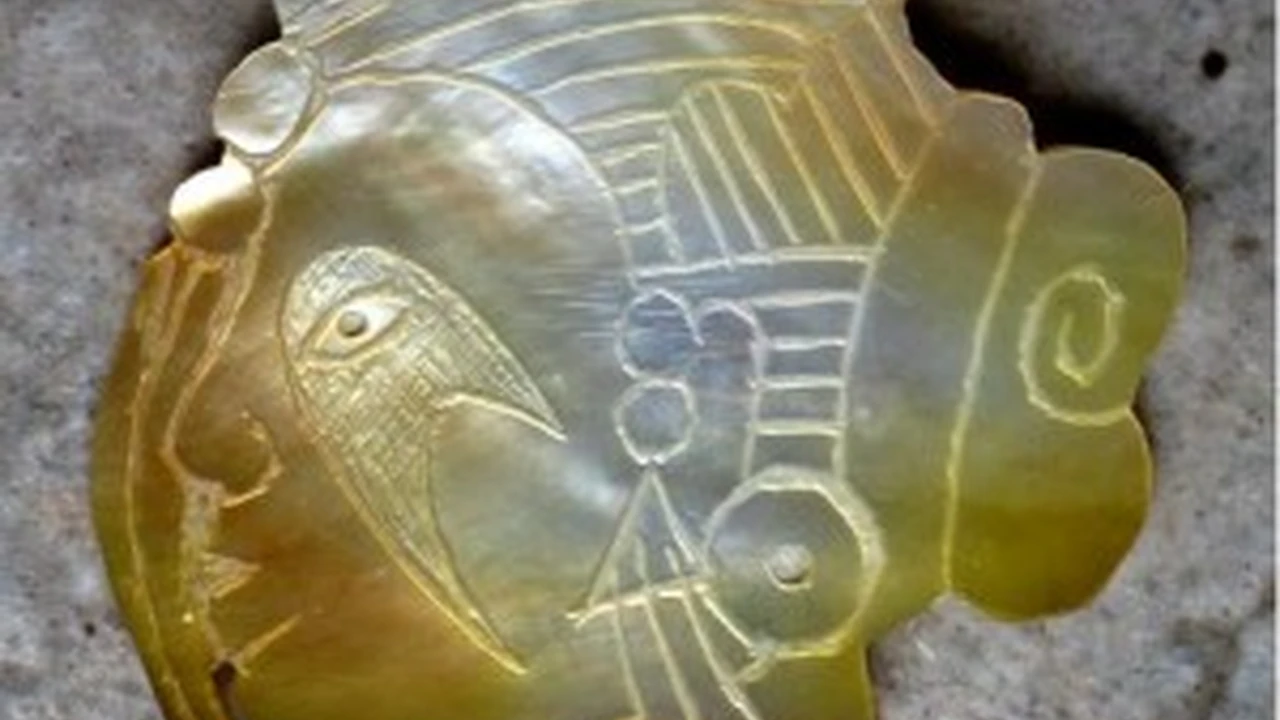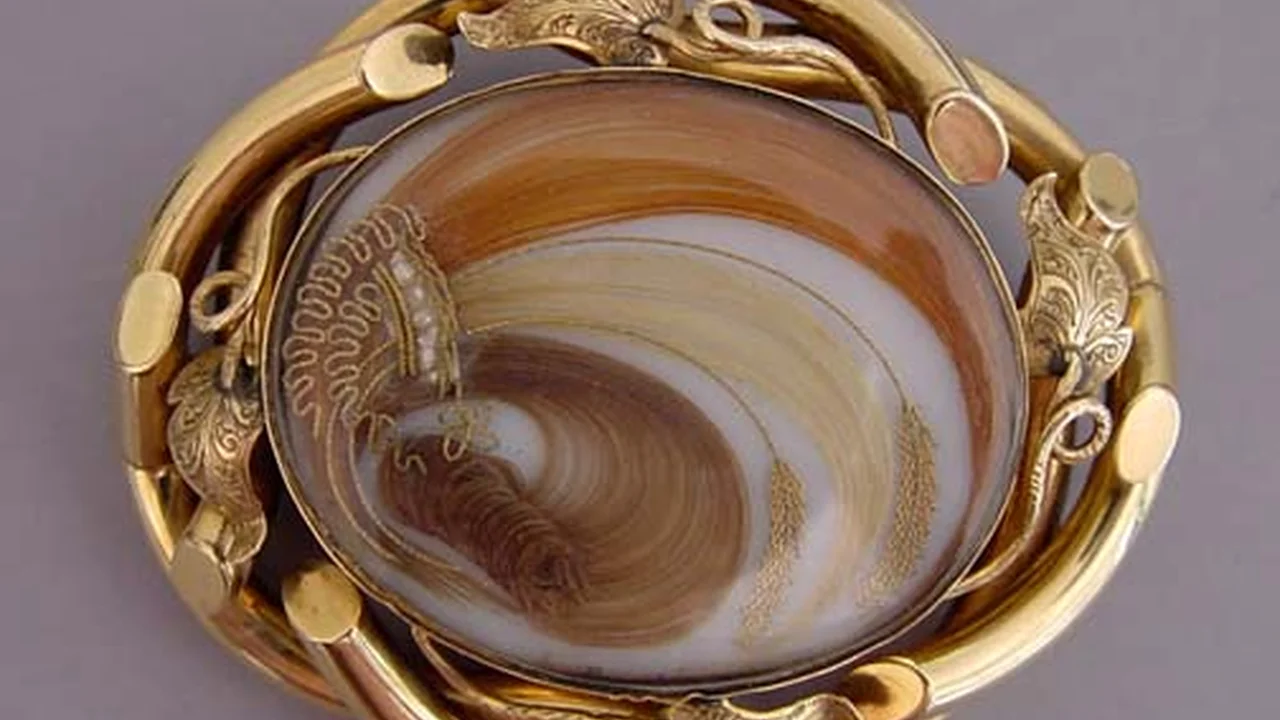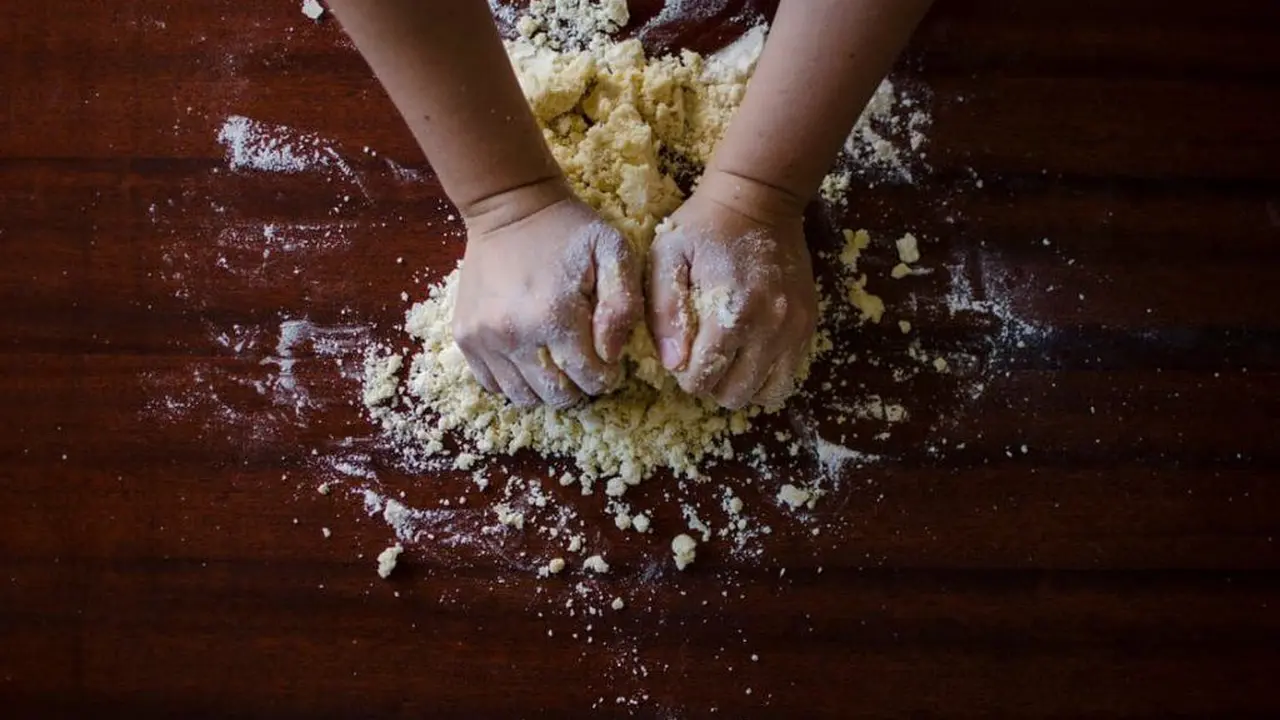Comparing Antique Jewelry Prices USA vs Southeast Asia
<em>normal text</em> Comparing antique jewelry prices in the USA and Southeast Asia Understand market differences and value factors.

Alright, so you're curious about antique jewelry prices, huh? Specifically, how do things stack up between the USA and Southeast Asia? Well, buckle up, because we're about to dive deep into the sparkly world of vintage bling and uncover the differences in pricing, market trends, and what makes each region unique. We'll even take a peek at some specific pieces and their price tags. Let's get started!
Antique Jewelry Market Overview USA vs Southeast Asia
First things first, let's get a lay of the land. The antique jewelry market in the USA is pretty mature and well-established. You've got a mix of high-end auction houses, reputable dealers, and online marketplaces galore. Think Sotheby's, Christie's, 1stDibs – the big names. Over in Southeast Asia, the market is a bit more… diverse. While you'll find some sophisticated galleries in places like Singapore and Bangkok, there's also a thriving culture of smaller shops, local markets, and family-owned businesses. This difference in structure significantly impacts pricing.
Factors Influencing Antique Jewelry Prices
Okay, so what actually determines the price of that glittering antique ring or necklace? Here's a breakdown:
- Rarity: This is a big one. The rarer the piece, the higher the price. Think limited edition designs, unique gemstones, or pieces from a particularly significant historical period.
- Condition: Obviously, the better the condition, the more it's worth. Minor wear and tear is expected in antique jewelry, but significant damage can seriously devalue a piece.
- Materials: Gold, platinum, diamonds, precious gemstones – these materials all contribute to the overall value. The higher the quality and carat weight, the higher the price.
- Provenance: The history of the piece. Did it belong to someone famous? Is there a documented history of ownership? Provenance can add a significant premium.
- Craftsmanship: The skill and artistry that went into creating the piece. Intricate designs, hand-crafted details, and the work of renowned jewelers all add value.
- Market Demand: What's trending? Certain styles and eras go in and out of fashion, influencing demand and, therefore, prices.
Price Comparisons Specific Jewelry Types
Alright, let's get down to the nitty-gritty. Let's compare prices for a few specific types of antique jewelry:
Victorian Era Diamond Rings Price Comparison
USA: In the USA, a Victorian era diamond ring in good condition, with a central diamond of around 1 carat, set in 14k gold, might fetch anywhere from $2,500 to $6,000, depending on the diamond quality, design complexity, and the reputation of the seller. You might find similar rings at auction going for even higher, especially if they have a known provenance.
Southeast Asia: In Southeast Asia, particularly in countries like Thailand or Vietnam, you might find similar rings for slightly less, perhaps in the $1,800 to $4,500 range. However, authenticity can be a bigger concern. It's crucial to thoroughly vet the seller and have the piece appraised.
Product Example (USA): A 14k yellow gold Victorian ring featuring an Old Mine cut diamond (approximately 1.2 carats, estimated H color, SI1 clarity) with intricate floral engravings on the band. Price: $4,800 from a reputable antique dealer in New York City.
Product Example (Southeast Asia): A similar ring found in a reputable antique shop in Bangkok, featuring a slightly smaller Old Mine cut diamond (approximately 0.9 carats, estimated I color, SI2 clarity) with simpler engravings. Price: $3,500.
Art Deco Sapphire Bracelets Price Comparison
USA: An Art Deco sapphire and diamond bracelet in platinum, featuring geometric designs and calibre-cut sapphires, could range from $8,000 to $15,000 or more in the USA. The price depends heavily on the size and quality of the sapphires, the craftsmanship of the setting, and the presence of any designer signatures.
Southeast Asia: In Southeast Asia, you might find similar bracelets for $6,000 to $12,000. Again, due diligence is key. Sapphires from Southeast Asia (particularly Burma/Myanmar) are highly prized, so be extra cautious about provenance and authenticity.
Product Example (USA): A platinum Art Deco bracelet featuring a row of calibre-cut sapphires alternating with diamond accents, circa 1920s. Price: $12,500 from an online antique jewelry marketplace.
Product Example (Southeast Asia): A similar bracelet found in a gallery in Singapore, featuring sapphires of slightly lower quality and less intricate diamond detailing. Price: $9,000.
Peranakan Gold Jewelry Price Comparison
USA: This is where things get interesting. Peranakan gold jewelry, characterized by its intricate filigree work and use of colorful enamel, is relatively rare in the USA. When found, it often commands a premium due to its cultural significance and scarcity. Prices can range from $3,000 to $10,000+ for a single piece, depending on its size, complexity, and condition.
Southeast Asia: In Southeast Asia, particularly in Malaysia, Singapore, and Indonesia, Peranakan jewelry is more readily available and often more affordable. You can find beautiful pieces for $1,500 to $7,000, depending on the details mentioned above. This is a prime example of where buying locally in Southeast Asia can be significantly cheaper.
Product Example (USA): A Peranakan gold pendant featuring intricate filigree work and colorful enamel depicting floral motifs. Price: $8,500 from a specialized antique jewelry dealer.
Product Example (Southeast Asia): A similar pendant found in a family-owned jewelry shop in Melaka, Malaysia. Price: $4,500.
Buying Tips for Both Regions
Whether you're shopping for antique jewelry in the USA or Southeast Asia, here are some essential tips:
Do Your Homework
Research the specific style, era, and gemstones you're interested in. Understand the hallmarks, common materials, and potential red flags.
Work with Reputable Dealers
Choose dealers with a proven track record and positive reviews. Don't be afraid to ask questions and request documentation.
Get an Appraisal
Especially for high-value pieces, get a professional appraisal from a qualified gemologist or antique jewelry expert.
Consider Authenticity
Be wary of suspiciously low prices. If it seems too good to be true, it probably is. Focus on dealers who can provide provenance and guarantee authenticity.
Trust Your Gut
If something feels off, don't be afraid to walk away. There are plenty of other beautiful antique jewelry pieces out there.
The Impact of Currency Exchange Rates
Don't forget to factor in currency exchange rates! These can fluctuate and significantly impact the final price, especially when buying from overseas.
Shipping and Import Taxes
Shipping costs and import taxes can also add to the overall cost. Research these carefully before making a purchase.
Final Thoughts
So, there you have it! A detailed comparison of antique jewelry prices in the USA and Southeast Asia. Remember, the best approach is to do your research, work with reputable sources, and be prepared to negotiate. Happy hunting!
:max_bytes(150000):strip_icc()/277019-baked-pork-chops-with-cream-of-mushroom-soup-DDMFS-beauty-4x3-BG-7505-5762b731cf30447d9cbbbbbf387beafa.jpg)






